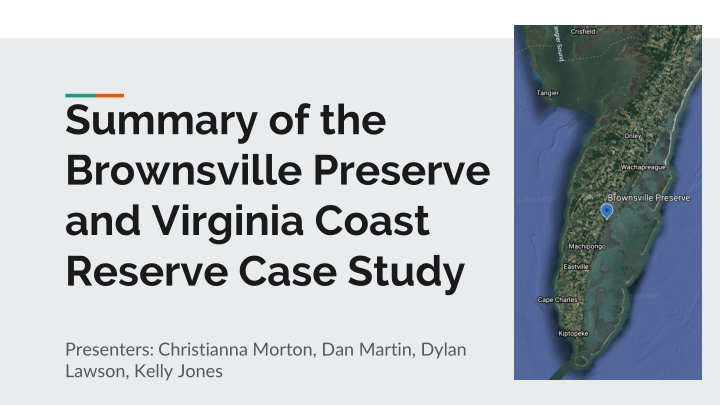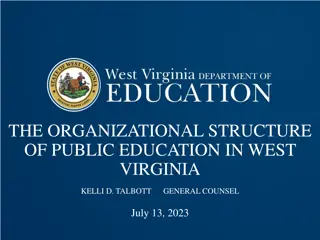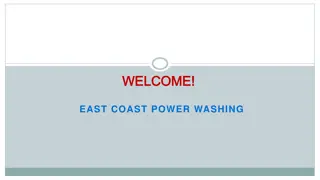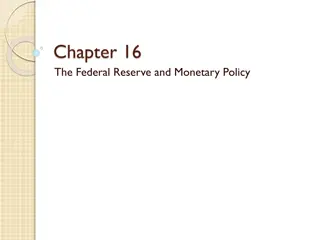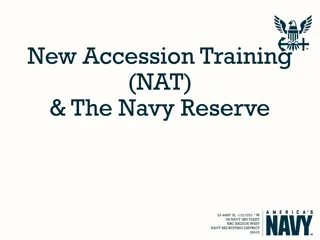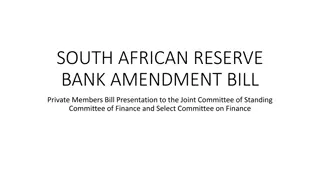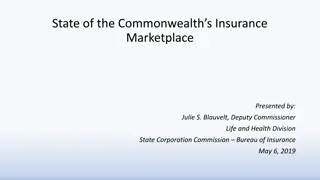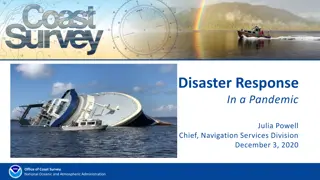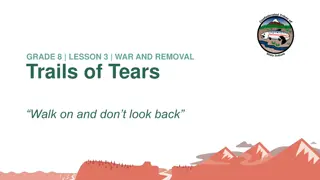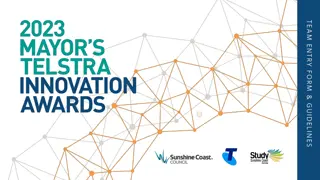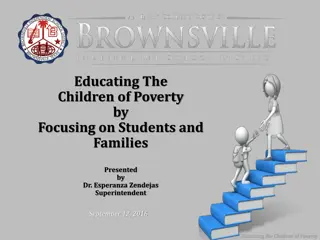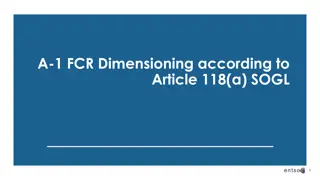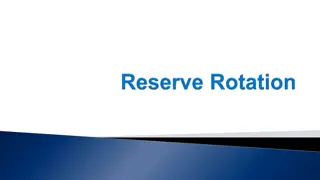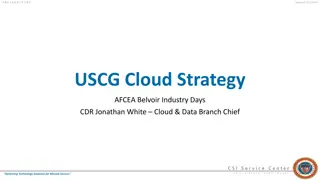Challenges and Solutions for Brownsville Preserve and Virginia Coast Reserve
Brownsville Preserve and Virginia Coast Reserve face the challenge of adapting to climate change. Decision-making, system vulnerabilities, hazards, and foresight scenarios are crucial for ethically and economically responsible management of these areas.
Download Presentation

Please find below an Image/Link to download the presentation.
The content on the website is provided AS IS for your information and personal use only. It may not be sold, licensed, or shared on other websites without obtaining consent from the author.If you encounter any issues during the download, it is possible that the publisher has removed the file from their server.
You are allowed to download the files provided on this website for personal or commercial use, subject to the condition that they are used lawfully. All files are the property of their respective owners.
The content on the website is provided AS IS for your information and personal use only. It may not be sold, licensed, or shared on other websites without obtaining consent from the author.
E N D
Presentation Transcript
Summary of the Brownsville Preserve and Virginia Coast Reserve Case Study Presenters: Christianna Morton, Dan Martin, Dylan Lawson, Kelly Jones
Background History of Preserve and Virginia Coast Reserve Wicked Problem Speed of change Increase in elevation
The Challenge Finding an appropriate solution to helping the area adapt to the increasing effects of climate change Goal: Research the impacts of climate change and sea level rise on local ecological and human systems while managing the future changes to the Brownsville Preserve and the Virginia Coast Reserve in an ethically and economically responsible manner.
Decision Making Space Mapping the decision space Participatory modeling Role-playing exercise Major decision makers Government agencies The Nature Conservancy Brownsville Advisory Board
The System Stock and flow model depicts transitions between types of land: Boxes are stocks, and represent land area Arrows are flows, and represent changes to land
System Vulnerabilities Vulnerabilities remain if the system is frozen in time, while hazards are events that can cause harm if there is a vulnerability for the hazard to exploit The vulnerabilities of the system of the Brownsville Preserve and Virginia Coast Reserve were determined based on the conceptual and stock and flow models Examples: Inundation, Losing habitats, Dehydration and Burning, Salinization
System Hazards Hazards affect a system by changing the stocks and flows through the system s vulnerabilities Sea Level Rise Increasing Atmospheric CO2 and Ocean Acidification Increasing Terrestrial and Ocean Temperature
Foresight Four scenarios of futures were considered A future under Sea Level Rise Acidification Marine Warming Terrestrial Warming
Interventions Buffering acidity Increasing oyster and eelgrass restoration efforts Encouraging natural succession Community outreach Preservation of Brownsville House Engineered Solutions
Recommendations Encouraging regime shift towards ecosystems resilient to climate change Utilizing Brownsville Preserve as a living laboratory Using natural and artificial methods to reduce the effects of acidification Working with historical societies to devise a strategy for preserving the Brownsville House Maintaining and observing the barrier islands of the Eastern Shore
Questions? Thank you to our contributors: Authors of the original presentation and paper: Kelly Jones; Dan Martin; Christianna Morton; Dylan Lawson; Christina Robbins; Leslie Gomez; Shawn McCarren Mentors: Dr. Hans-Peter Plag; Dr. Eddie Hill; James McCann
